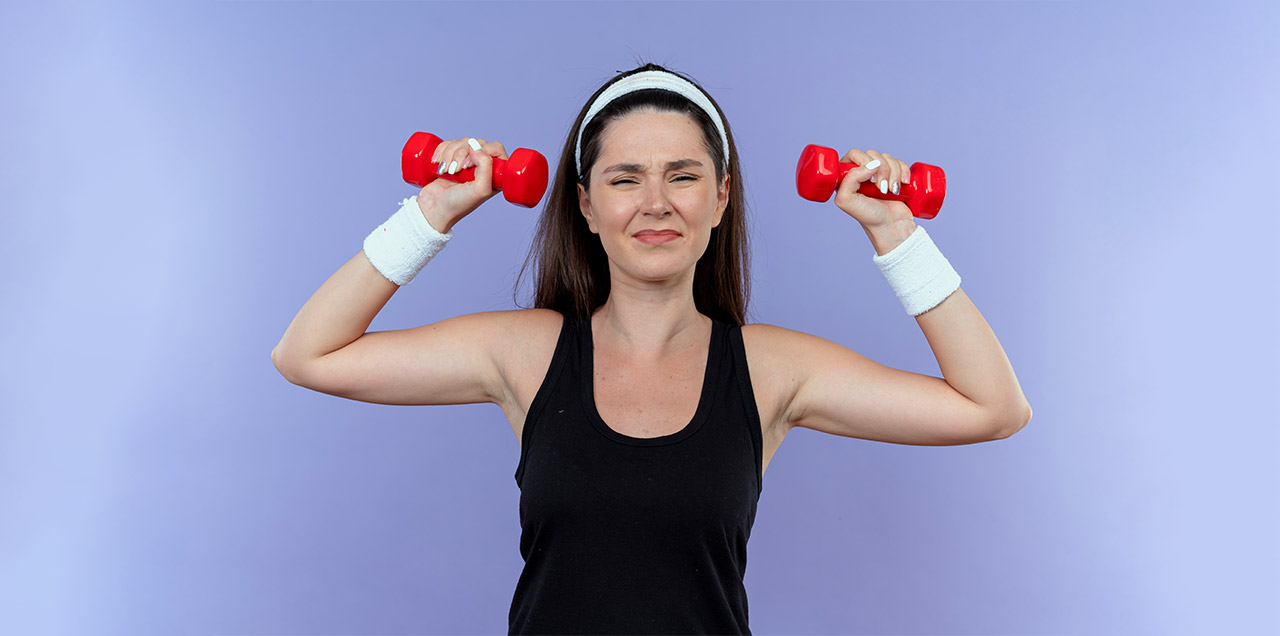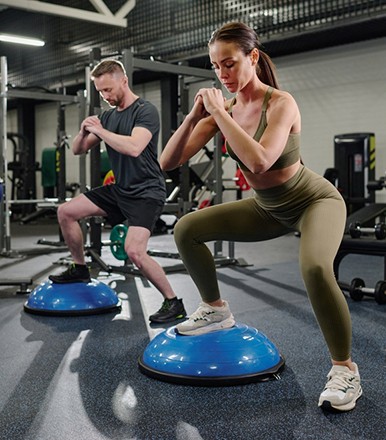In today’s world, terms like "health" and "physical fitness" are often used interchangeably. However, they are distinct concepts, each encompassing different aspects of well-being. Let’s dive into the nuances and understand what sets them apart.
Understanding Health
Health is a broad term that covers the overall well-being of an individual. It includes several components that work together to maintain balance and harmony in our bodies and minds.
Components of Health
-
Physical Health
Physical health refers to the state of your body. It's about maintaining a healthy weight, having good physical functioning, and being free of illness or injury. Regular check-ups, a balanced diet, and adequate sleep are vital to sustaining physical health.
-
Mental Health
Mental health is as crucial as physical health. It involves emotional, psychological, and social well-being. Good mental health enables individuals to handle stress, relate to others, and make healthy choices.
-
Social Health
Social health involves having a network of supportive relationships and being able to interact positively with others. It’s about creating and maintaining meaningful relationships and feeling connected to your community.
Understanding Physical Fitness
Physical fitness is more specific than health. It refers to the ability of your body systems to work together efficiently to allow you to be healthy and perform activities of daily living.
Components of Physical Fitness
-
Cardiovascular Endurance
This component measures how well your heart and lungs work together to supply oxygen during sustained physical activity. Activities like running, swimming, and cycling improve cardiovascular endurance.
-
Muscular Strength
Muscular strength is the amount of force a muscle can produce with a single maximal effort. Strength training, such as lifting weights, is a great way to enhance muscular strength.
-
Flexibility
Flexibility refers to the range of motion available at a joint. Stretching exercises and yoga can help improve flexibility, making daily tasks easier and reducing the risk of injury.
-
Body Composition
Body composition is the ratio of fat to lean mass in your body. Healthy body composition is typically maintained through a combination of physical activity and proper nutrition.
The Interconnection Between Health and Physical Fitness
Health and physical fitness are closely linked. Improving your physical fitness can lead to better health outcomes, and maintaining good health can enhance your physical fitness levels.
How Fitness Impacts Health
Regular physical activity can reduce the risk of chronic diseases such as heart disease, diabetes, and obesity. It can also improve mental health by reducing symptoms of depression and anxiety.
How Health Influences Fitness
Good overall health provides the foundation for achieving physical fitness. For example, proper nutrition fuels your workouts, while adequate sleep allows for recovery and muscle growth.
Differences Between Health and Physical Fitness
While interconnected, health and physical fitness have distinct differences that are important to recognize.
Scope and Focus
Health encompasses a wide range of factors including mental and social well-being, while physical fitness is primarily focused on physical capabilities and exercise performance.
Measurement and Evaluation
Health is often measured by factors such as blood pressure, cholesterol levels, and mental health status. Physical fitness is typically assessed through specific tests that measure endurance, strength, flexibility, and body composition.
Long-term vs Short-term Goals
Health goals tend to be long-term and holistic, aiming for overall well-being. Physical fitness goals can be more short-term and specific, such as training for a marathon or improving strength.
Common Misconceptions
Several misconceptions about health and physical fitness can lead to confusion.
Physical Fitness Equals Health
Many believe that being physically fit means they are healthy. While fitness is a component of health, it is not the only factor. One can be physically fit but still have poor mental health or unhealthy habits.
Mental Health is Separate
Some think that mental health has nothing to do with physical fitness. In reality, physical activity can significantly improve mental health by reducing stress, anxiety, and depression.
Importance of Balancing Both
To achieve overall wellness, it’s crucial to balance both health and physical fitness.
Holistic Approach to Wellness
A holistic approach considers all aspects of health, including physical, mental, and social well-being. This balance helps in achieving a sustainable healthy lifestyle.
Creating a Balanced Routine
Developing a routine that includes a mix of physical activities, healthy eating, mental health practices, and social interactions is essential.
Combining Exercise and Healthy Habits
Incorporate regular exercise with habits like eating nutritious foods, getting enough sleep, and maintaining social connections to improve both health and fitness.
Practical Tips for Improving Both Health and Physical Fitness
Here are some practical tips to help you enhance your overall well-being:
-
Setting Realistic Goals
Set achievable goals that consider both health and fitness. This helps in maintaining motivation and tracking progress effectively.
-
Staying Consistent
Consistency is key. Regular physical activity and healthy habits should become a part of your daily routine rather than sporadic efforts.
-
Seeking Professional Guidance
Consulting with healthcare providers, fitness trainers, and mental health professionals can provide personalized advice and support tailored to your needs.
Understanding the difference between health and physical fitness is essential for achieving a balanced lifestyle. While they are interconnected, recognizing their distinct components can help you focus on improving both areas effectively.
To stay updated with the latest tips and trends in health and fitness, visit Hello Fitness Magazine. Discover a wealth of resources to help you on your journey towards a healthier, fitter you!














